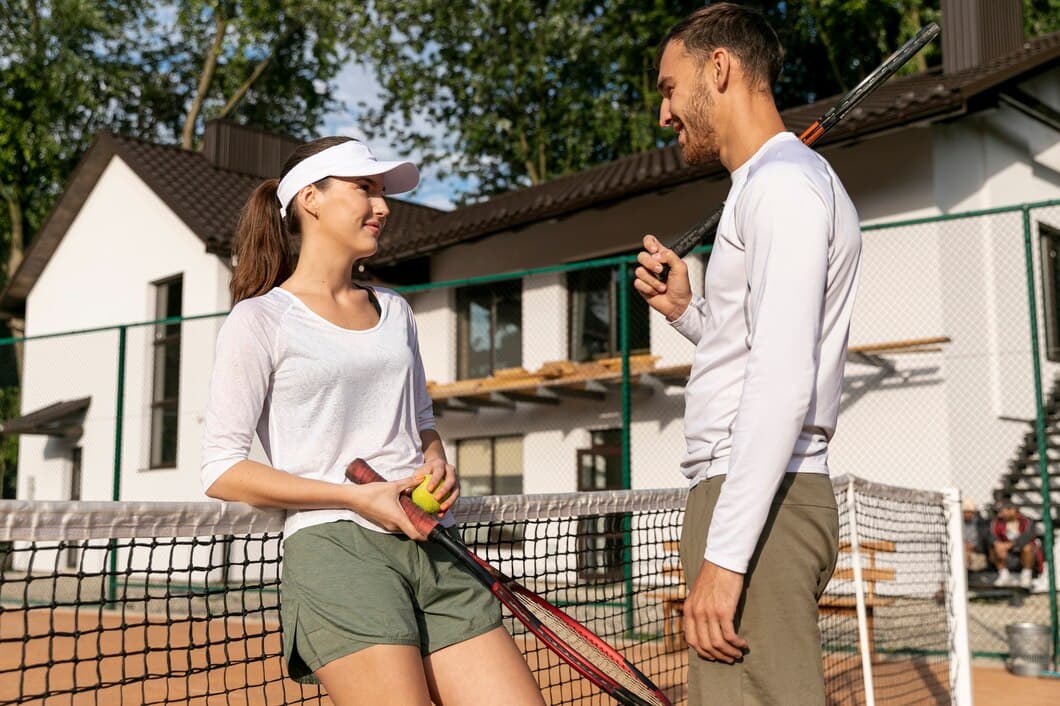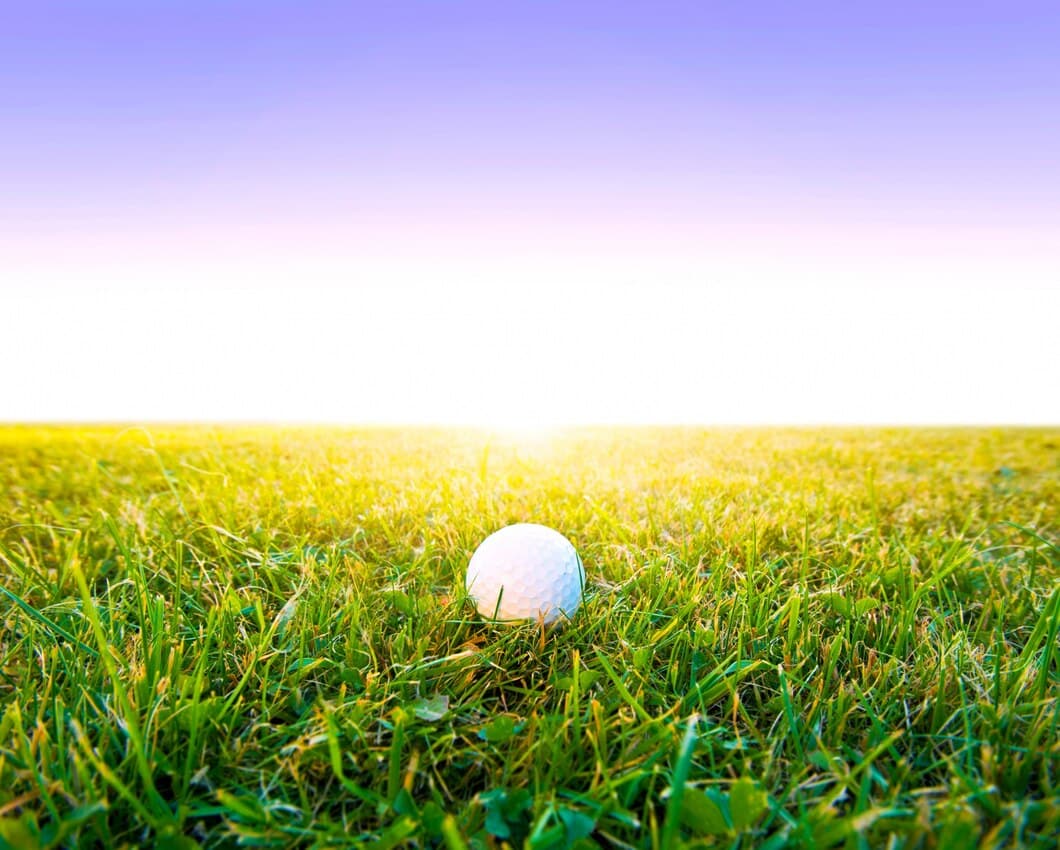Where Should I Aim To Hit The Golf Ball?
-

Understanding where to aim the golf ball when hitting can be crucial for successful play on the course. Taking into account factors like wind, slope, and undulations of the green can help you make informed decisions about where to place your shots for optimal results.
By considering these factors and honing your technique, you'll enhance your ability to hit the ball with greater accuracy and consistency, which can translate to lower scores and improved performance on the golf course.
Factors to consider when aiming your golf shot
Before you take your stance and swing, there are a few things you need to consider to ensure you hit the golf ball in the desired direction. One of the most critical things is to visualize the direction you want the ball to go. This includes calculating the distance the ball needs to travel, as well as any obstacles or hazards that may be in the way.
Another crucial factor to consider is the wind. The wind can have a significant impact on the trajectory and direction of the golf ball, so it's important to take it into account when aiming your shot. A rule of thumb is to adjust your aim so that you "play into the wind" – meaning you aim slightly to the left or right of your target, depending on the direction of the wind.
Finally, you should also consider the slope of the green. The slope can affect the speed and direction of the ball once it lands, so it's important to adjust your aim accordingly. If the green is sloping downhill, you should aim slightly uphill to compensate for the ball's tendency to roll down.
Common aiming mistakes and how to avoid them

Tips for aiming on different types of golf courses
When aiming on a flat golf course, it is important to consider the wind and the slope of the green. The wind can affect the trajectory of the ball, so it is important to aim into the wind. The slope of the green can also affect the ball's trajectory, so it is important to aim uphill or downhill accordingly.
When aiming on a hilly golf course, it is important to consider the elevation of the green. The elevation can affect the distance the ball travels, so it is important to aim uphill or downhill accordingly. It is also important to consider the wind, as it can affect the trajectory of the ball.
When aiming on a heavily wooded golf course, it is important to consider the trees and other obstacles. The trees can block the ball's path, so it is important to aim around them. It is also important to consider the wind, as it can affect the trajectory of the ball.
The importance of course management and hole layout

In order to answer where you should aim to hit the golf ball, it's important to consider course management and hole layout. Every hole is different. Even on the same course, some holes are long and some are short. Some holes have doglegs, while others have water hazards. By considering the course layout, you can develop a strategy for each hole that will help you score lower.
One of the most important aspects of course management is knowing your own game. What are your strengths and weaknesses? What clubs do you hit well? Once you know your game, you can start to make decisions about where to hit the ball on each hole.
For example, if you're a long hitter, you may be able to cut the corner on a dogleg hole. However, if you're not a long hitter, you may need to lay up and hit a shorter club. By understanding your own game, you can make informed decisions about where to hit the ball.
In addition to knowing your game, it's also important to be aware of the course conditions. What is the wind speed and direction? Are the greens fast or slow? By understanding the course conditions, you can make adjustments to your strategy. For example, if the wind is blowing against you, you may need to hit a club more.
Wind conditions and their impact on aiming
Wind can have a significant impact on the trajectory of a golf ball. A tailwind, or wind blowing in the same direction as the ball is traveling, will cause the ball to travel further than it would in still air. This is because the wind is helping to push the ball along. Conversely, a headwind, or wind blowing in the opposite direction as the ball is traveling, will cause the ball to travel shorter than it would in still air. This is because the wind is working against the ball and slowing it down.
The strength of the wind will also affect how much the ball is affected. A strong wind will have a greater impact on the ball's trajectory than a weak wind. This is because the stronger the wind, the more force it is exerting on the ball.
The direction of the wind will also affect how much the ball is affected. A wind that is blowing across the ball's path will have a greater impact than a wind that is blowing directly behind or in front of the ball. This is because the wind is able to push the ball sideways when it is blowing across its path.
Finally, the height of the ball will also affect how much it is affected by the wind. A ball that is hit high will be more affected by the wind than a ball that is hit low. This is because the higher the ball is, the more time it spends in the air and the more exposed it is to the wind.
Slope and elevation changes and how they affect your aim

The role of the pin placement in aiming
When aiming your golf shot, it's important to consider the pin placement. The pin placement can affect the way the ball rolls on the green, so it's important to take this into account when choosing your target. If the pin is located on the front of the green, you'll want to aim slightly behind the hole. This will allow the ball to roll forward and stop near the hole. If the pin is located on the back of the green, you'll want to aim slightly in front of the hole. This will allow the ball to roll back and stop near the hole.
In addition to the pin placement, you should also consider the slope of the green. If the green is sloping towards the hole, you'll want to aim slightly uphill. This will help the ball to roll down the slope and stop near the hole. If the green is sloping away from the hole, you'll want to aim slightly downhill. This will help the ball to roll up the slope and stop near the hole. The best way to learn how to aim for different pin placements is to practice on the putting green.
By taking the pin placement and the slope of the green into account, you can improve your chances of making more putts. So next time you're on the green, take a few extra seconds to consider the pin placement and the slope of the green before you take your shot.
Visual cues and landmarks to use for aiming

Using a rangefinder or GPS device for accurate aiming
Knowing the distance to the hole is key to determining where to aim. Using a rangefinder or a GPS device can help golfers of all levels to gauge the distance accurately and choose the right club for the shot. These devices can also provide information about hazards and other obstacles on the course, helping golfers to plan their approach.
Rangefinders use lasers to measure the distance to a target, while GPS devices use satellite signals to determine the golfer's location and the distance to the hole. Both types of devices can be helpful for accurate aiming, but rangefinders are generally more accurate over long distances, while GPS devices are more convenient and can provide more information about the course.
When using a rangefinder, it is important to aim the laser at the base of the flagstick or other target. This will ensure that the device measures the distance to the target, not the top of the flagstick or other obstacle. GPS devices are typically more forgiving in terms of aiming, but it is still important to make sure that the device is getting a clear signal from the satellites.
Using a rangefinder or GPS device for accurate aiming can help golfers of all levels improve their accuracy and consistency. These devices can help golfers to choose the right club for the shot, avoid hazards, and plan their approach to the hole. As a result, golfers who use these devices can improve their scores and enjoy the game more.
Practice drills to improve your aiming skills
One of the best ways to improve your aiming skills is to practice regularly. There are a number of different practice drills that you can do to help you improve your accuracy. One drill is to set up a target and try to hit it from different distances and angles. Another drill is to putt with a partner and try to make the ball land as close to the hole as possible. You can also practice your chipping by chipping to a target from different distances. The more you practice, the better your aiming skills will become.
In addition to practicing on your own, you can also take lessons from a golf professional. A golf professional can help you identify any areas where you need to improve your swing and can provide you with personalized instruction. Golf lessons can be a great way to improve your overall game and can help you take your aiming skills to the next level.
If you are serious about improving your aiming skills, there are a number of things that you can do to make the most of your practice time. First, be sure to set realistic goals for yourself. Don't try to become a scratch golfer overnight. Instead, focus on making gradual improvements over time. Second, be patient. Improving your aiming skills takes time and practice. Don't get discouraged if you don't see results immediately. Just keep practicing and you will eventually see improvement.
Frequently Asked Questions
When should I tee up the ball?
Tee the ball up when you are playing a hole that is a par 3 or longer.
Where should I aim to hit the ball off the tee?
Aim to hit the ball off the tee towards the center of the fairway.
Where should I aim to hit the ball on the green?
Aim to hit the ball on the green towards the hole.
Where should I aim to hit the ball out of a bunker?
Aim to hit the ball out of a bunker towards the middle of the green.
Conclusion
As you can see, there are many factors to consider when aiming your golf shot. The best way to determine where to aim is to practice and experiment to find what works best for you. But by following these tips, you'll be well on your way to hitting the ball more consistently and accurately.
Remember, the most important thing is to be consistent with your aim. Once you find a spot that works for you, stick with it and don't be afraid to make adjustments as needed.